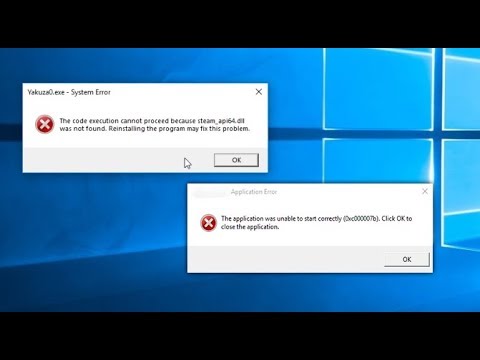

The best CAT software also includes these other features: The process helps ensure that the terminology and writing style of the original source material is translated accurately. Search capabilities in CAT software lets a human translator access saved segments of translated fragments at any given time to be re-used either in the same document or in a different one or used when two segments do not match completely. The CAT software then saves the translated segments and source segments in a translation database. How Does Computer-Assisted Translation Work?ĬAT software works by breaking the source text into smaller, translatable segments. They also saved time by storing translations and supplying them on demand. These tools helped maintain consistency in a single document or across multiple documents on a specific subject matter. Translators first started using CAT software as a way to efficiently save and retrieve translations of technical words and phrases.


CAT is basically translation completed with the aid of a software tool, which helps a human translator work more quickly and accurately. Computer-assisted translation involves the use of software programs to translate both verbal and written texts from one language to another. With our modern global economy, the ability to quickly and accurately translate important information into multiple languages has become a critical part of doing business. But what exactly is CAT and what is its role in translation? This article will introduce you to computer-assisted translation and review its advantages and disadvantages in the translation process. If you’ve been looking for translation services, you’ve probably come across the term Computer-Assisted Translation (CAT).


 0 kommentar(er)
0 kommentar(er)
